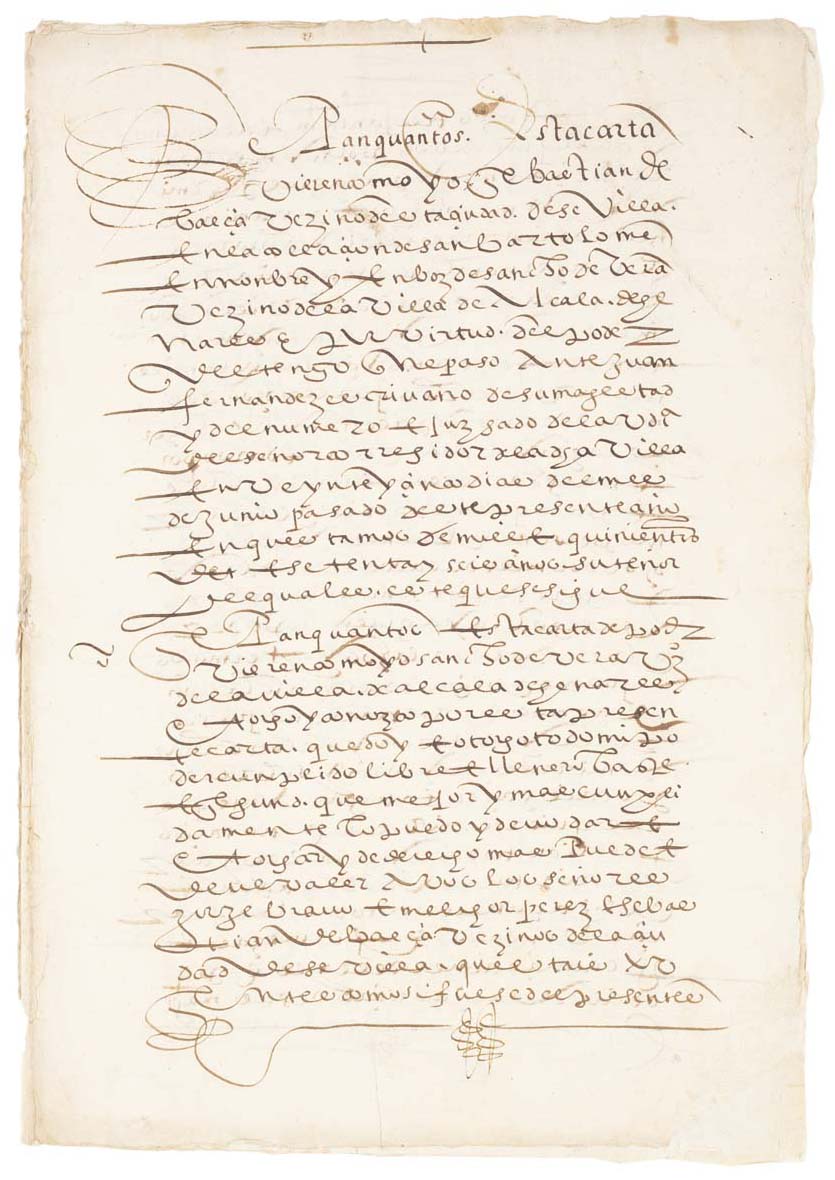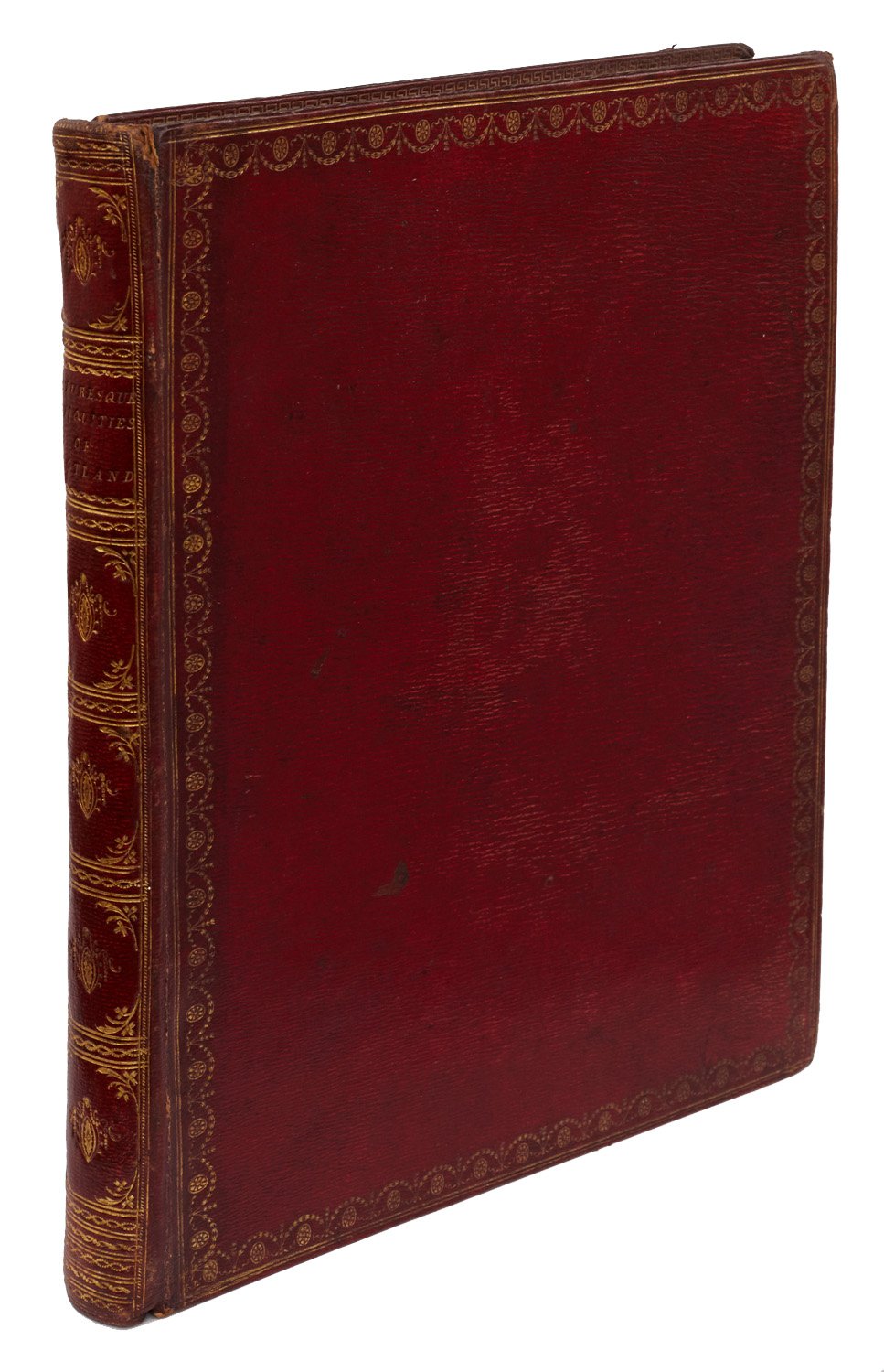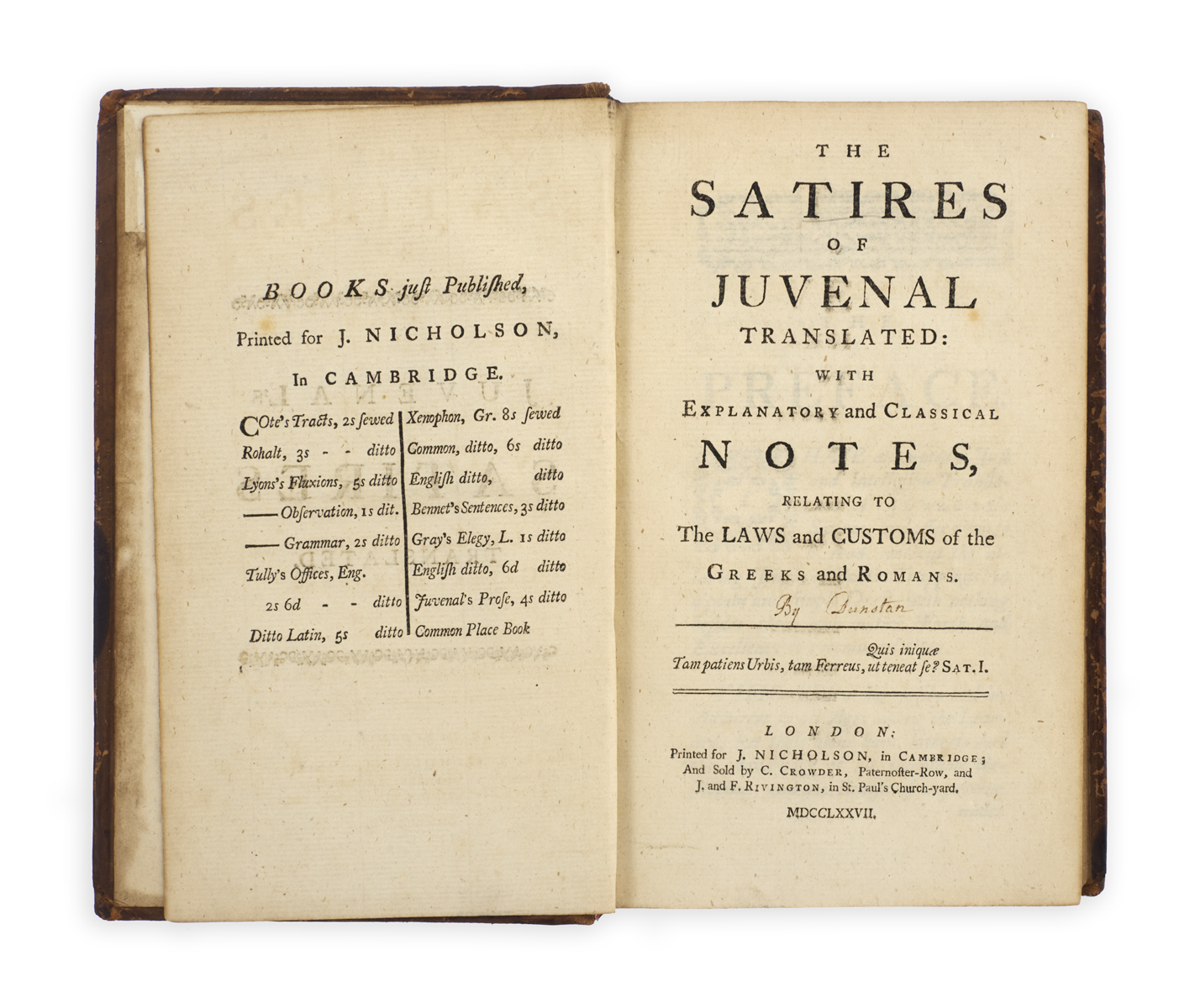
SPANISH TRADE WITH THE INDIES
[SEVILLE.]
Mercantile contract between Sebastián de Baeza of Seville and Hernán López de Segovia, almost certainly relating to trade with the Indies.
Seville, 25 July 1576.
Manuscript in Spanish on paper (320 x 220 mm), ff. [6] (last leaf blank except for endorsement on verso), approximately 31 lines per page in a rapid Spanish notarial hand; stitched; sometime folded, a few minor marginal paper repairs, repaired hole in penultimate leaf where wax seal torn away (with loss of two words on recto), but generally in very good condition.

Added to your basket:
Mercantile contract between Sebastián de Baeza of Seville and Hernán López de Segovia, almost certainly relating to trade with the Indies.
A commercial document from the heyday of Seville’s trade with the Indies. Drawn up for Sebastián de Baeza, a resident of the barrio of San Bartolomé in Seville, the document recapitulates a previous agreement of 25 June 1576 between, on the one hand, Hernán López de Segovia and, on the other, Sebastián de Baeza and two fellow Sevillians, Jorge Bravo and Melchor Pérez de Cervantes (these last apparently in the capacity of witnesses). It is endorsed in a contemporary hand ‘la oblig[acion] hizo Sebastian de baeca a Segobia pasada’, below which a different hand has written ‘= Negozios de yndias’.
According to the earlier agreement, Sancho de Vera of Alcalá de Henares is to receive, on Sebastián de Baeza’s behalf, a loan of 2000 gold ducats (a very substantial amount) from one Hernán López de Segovia, a citizen of Seville, in the form of 750,000 maravedís (the copper coins struck in Spain for the purpose of circulation in the New World colonies). In return, Sebastian Baeza agrees to pay Hernán López de Segovia a ‘salario’ of 22 silver reals (‘reales de plata’) per day until the loan is repaid. The agreement was drawn up by Juan Fernández, ‘escrivario de su magestad’.
Hernán López de Segovia, a native of Torrelaguna near Madrid, seems to have been a man of considerable wealth. He paid for a large domed chapel, designed by the royal architect Juan de Valencia, at the church of Santa María Magdalena in his native town. The Melchor Pérez de Cervantes named here is almost certainly the Sevillian merchant of that name who is recorded as having exported goods to Cartagena in the early 1580s (see Lutgardo García Fuentes, Los peruleros y el comercio de Sevilla con las Indias, 1580–1630 (1997), p. 194). On f. 2v are the names of three men who witnessed the agreement in Sancho de Vera’s home city of Alcalá de Henares: Pedro Ybañez, Francisco de Alarcón, and Gregorio Ramos. The witnesses named at the end of the document (f. 5v) are Melchor Pérez de Cervantes, Juan Paez, Jorge Bravo and Bartolomé de la Herrán, the latter two being described as ‘escrivanos de Sevilla’.
The size of the transaction recorded here accords well with the picture of Seville provided by the Dominican friar Tomás de Mercado in his Tratos y contratos de mercaderes, published only a few years earlier in 1569. ‘The city of Seville, he says, “is on fire with all manner of business. There are great real-exchanges for all fairs, within and without the kingdom, sales and purchases on credit and for cash, and for huge sums, great shipments, and baratas for many thousands and millions, such as neither Tyre nor Alexandria in their day could equal”. In this whirlpool of commerce there could not fail to be sin and fraud, sometimes committed in ignorance of the Church’s teaching. Mercado proposes to light the merchant’s way by offering him a guide in his own vulgar tongue’ (Grice-Hutchinson, Early economic thought in Spain, p. 47).

